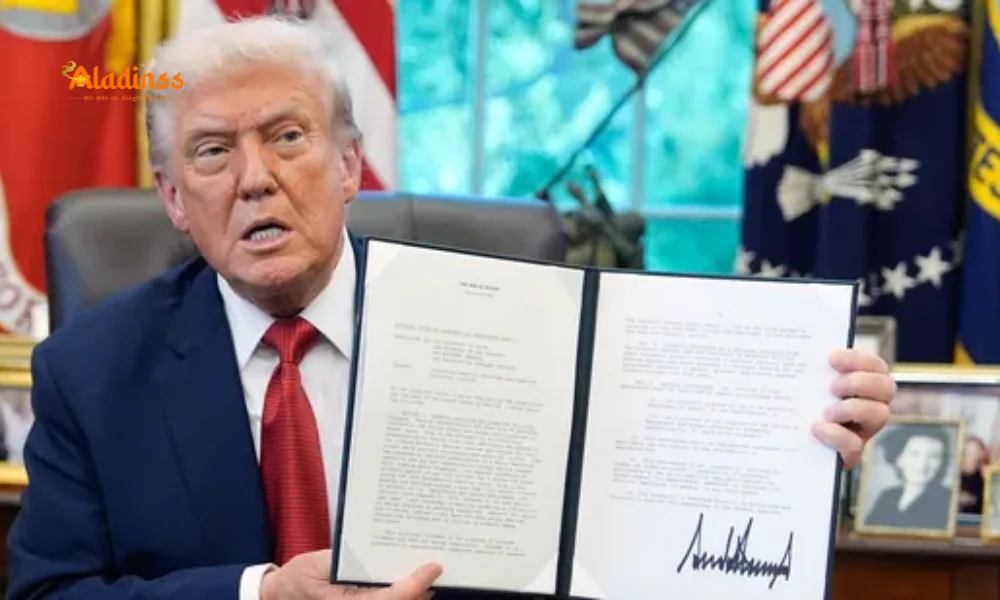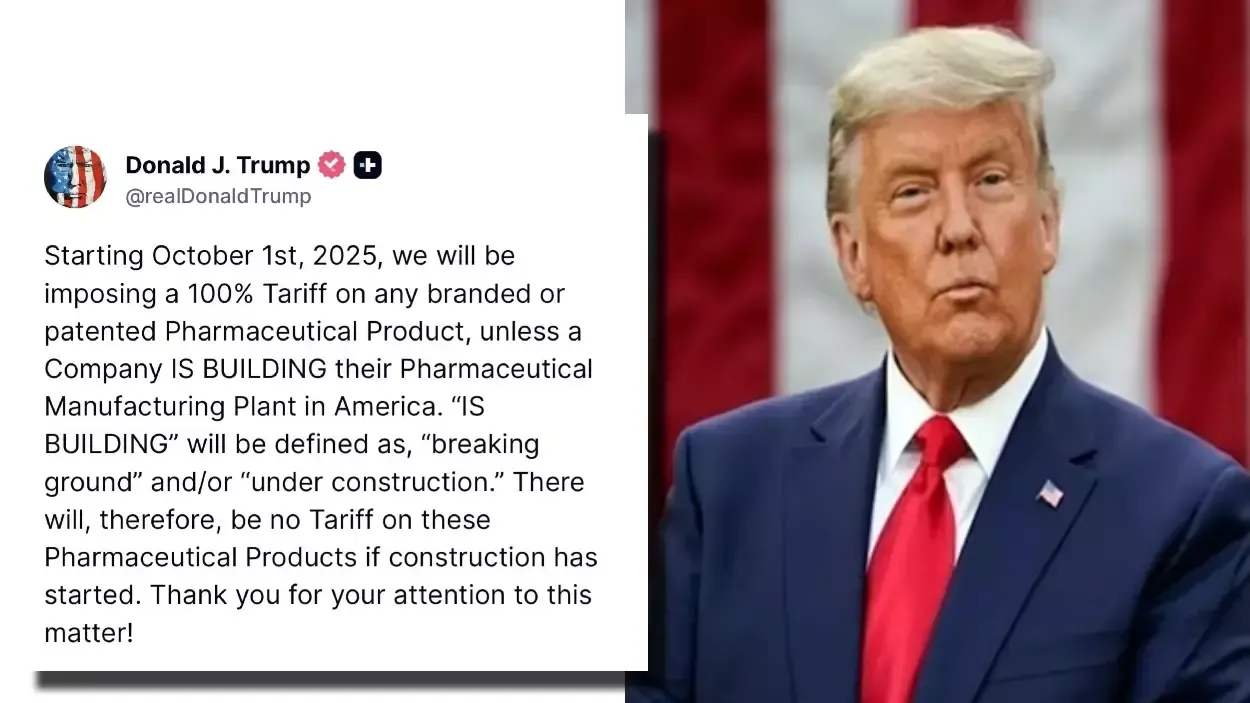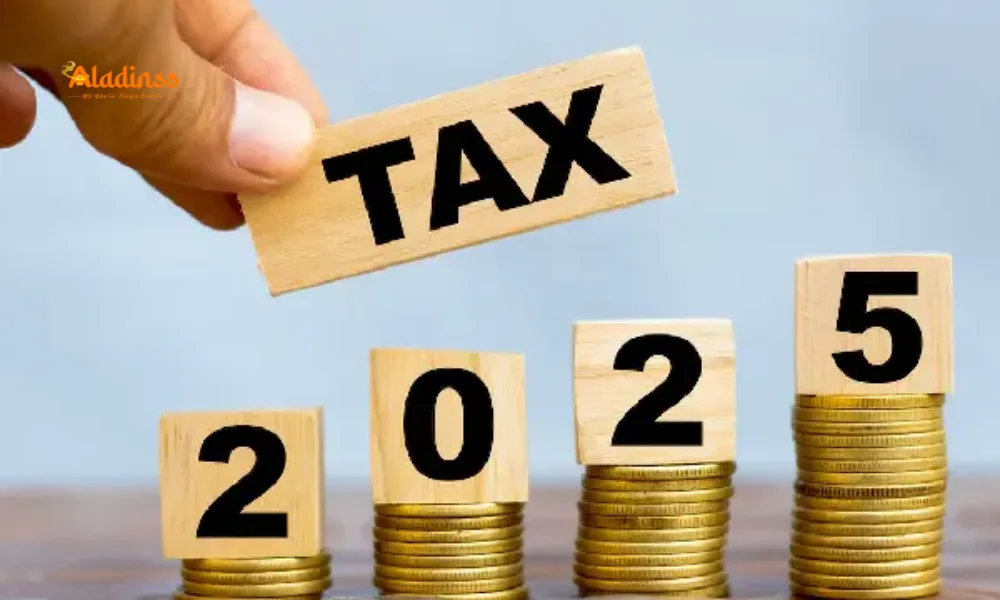Trump 100% Pharma Tariff Hits India Exports

US Imposes 100% Tariff on Pharma Imports: Major Blow to Indian Exporters from October 1
President Donald Trump has unveiled a sweeping trade policy shift, announcing a 100% tariff on pharmaceutical imports to US effective October 1, 2025, targeting branded and patented drugs from nations like India. This escalation in Trump tariffs 2025 builds on existing 25% duties on Indian goods and additional penalties tied to Russian oil imports, potentially disrupting the flow of affordable generics that dominate the American market. Indian pharmaceutical exports to the US, valued at over $8.7 billion in FY24 and reaching $3.7 billion in the first half of 2025 alone, now face unprecedented uncertainty. As the "pharmacy of the world," India's role in supplying 40% of US generics could be severely tested, prompting urgent calls for domestic firms to accelerate US-based manufacturing to qualify for exemptions.
The announcement, shared via Truth Social, emphasizes national security and domestic production incentives, defining "building" as breaking ground or active construction on US facilities. This move aligns with Trump's broader "America First" agenda, aiming to repatriate critical supply chains amid ongoing US-India trade negotiations. While generics may initially escape the full brunt, industry experts warn of ripple effects on complex formulations and specialty drugs, where Indian companies like Sun Pharma and Dr. Reddy's hold significant market share.

Understanding the Scope of New Trump Tariffs on Pharma
At the heart of this policy is a US pharma tariff October 2025 designed to curb import dependency, with the 100% rate applying strictly to branded or patented products unless production shifts stateside. Trump highlighted that firms initiating construction by October 1 would bypass the levy, a carve-out intended to spur immediate investments. For India, this could mean a scramble to expand footprints in states like New Jersey and North Carolina, where several Indian majors already operate FDA-approved plants.
The tariffs extend beyond healthcare, encompassing a 50% duty on kitchen cabinets, bathroom vanities, and related fixtures to counter "flooding" from foreign markets. Upholstered furniture faces a 30% hike, while heavy trucks imported from abroad will incur 25%—measures Trump frames as vital for protecting American manufacturers from unfair competition. These Trump trade war 2025 expansions could inflate consumer prices across sectors, with economists projecting a 5-10% rise in household goods costs by year-end.
- Pharma Sector Hit: 100% on branded drugs, potential spillover to generics.
- Home Goods Impact: 50% on cabinets and vanities, targeting Asian imports.
- Automotive Levy: 25% on heavy trucks to bolster US trucking industry.
- Furniture Duty: 30% on upholstered items amid surging import volumes.
India's pharmaceutical prowess, contributing 20% of global generics and 60% of vaccines, positions it as a prime target. Last year's exports to the US hit Rs 31,626 crore ($3.6 billion), with the first half of 2025 surging to Rs 32,505 crore ($3.7 billion), per the Pharmaceuticals Export Promotion Council. This growth trajectory now risks stalling, as firms grapple with compliance costs and supply chain realignments.
Implications for Indian Pharmaceutical Giants
Major players in the Indian pharma exports to US arena, including Lupin, Aurobindo, and Cipla, derive 30-50% of revenues from the American market. The impact of Trump tariffs on Indian pharma could erode margins by 15-20%, forcing price hikes that might reduce demand for affordable drugs. While the policy spares generics explicitly, the Section 232 national security probe—launched in April 2025—looms as a wildcard, potentially encompassing biologics and APIs.
Exemptions for US-manufacturing firms offer a lifeline, but scaling up requires billions in capex amid regulatory hurdles and skilled labor shortages. Sun Pharma, with its existing Maryland facility, may pivot faster, yet smaller exporters face existential threats. Industry body PhRMA urges bilateral talks to safeguard supply chains, noting that tariffs could exacerbate US drug shortages, as seen during the pandemic when Indian supplies proved indispensable.
Broader Economic Ramifications of 2025 Tariff Blitz
The US tariffs on imports 2025 package isn't isolated; it layers onto August's hikes, including 50% on Indian goods overall due to Russian oil ties. This cumulative burden—25% base plus penalties—could shave 2-3% off India's GDP growth, per IMF projections, while inflating US inflation by 1.5 points. Consumers stateside may see prescription costs rise 10-15% if generics follow branded drugs into the tariff net.
For the home sector, 50% tariffs on cabinets and vanities target Chinese and Vietnamese dominance, potentially boosting US lumber mills but hiking renovation expenses. Furniture's 30% levy addresses a 25% import surge post-pandemic, yet risks job losses in retail if demand dips. Heavy trucks' 25% duty safeguards Detroit's freight haulers, aligning with EV transition subsidies under the Inflation Reduction Act.
Strategic Responses: How India Can Navigate Trump Tariffs
To counter the pharmaceutical tariffs US India 2025, Indian policymakers eye diversification into Europe and Africa, where demand for generics grows 12% annually. The Production Linked Incentive (PLI) scheme, with Rs 15,000 crore allocation, accelerates domestic API production, reducing US reliance. Bilateral forums like the Trade Policy Forum could yield carve-outs, emphasizing India's role in US health security.
Firms are ramping up US investments: Dr. Reddy's plans a $200 million Ohio expansion, while Glenmark eyes biologics hubs. These moves, though costly, could yield long-term gains via "Made in USA" branding and proximity to regulators. Meanwhile, WTO challenges loom if tariffs violate fair trade norms, though Trump's Section 232 invocation shields against disputes.
Global Supply Chain Shifts Amid Tariff Pressures
The Trump tariffs impact on global trade extends to allies like the EU, capped at 15% for pharma under July's deal. Vietnam and Mexico may absorb redirected flows, but capacity constraints limit scalability. For India, enhancing USFDA approvals—already at 600+ plants—bolsters credibility, while digital twins and AI optimize manufacturing for tariff-proof efficiency.
- Diversification Drive: Boost exports to EU (up 18% in 2025) and ASEAN markets.
- Investment Surge: PLI 2.0 targets $5 billion in US-bound capex by 2027.
- Tech Integration: Blockchain for traceability to ease compliance burdens.
- Policy Advocacy: Push for MFN status in ongoing trade pacts.
Analysts forecast a 10% dip in Indian pharma revenues short-term, but resilient firms could rebound via premium segments like biosimilars, projected to hit $12 billion globally by 2025. The tariff saga underscores the fragility of just-in-time chains, urging a hybrid model blending offshore costs with onshore assurance.
Sector-Specific Challenges and Opportunities
In pharma, the 100% tariff pharma Trump threatens 65% of US birth control prescriptions sourced from India, per Symphony Health data. Yet, it catalyzes innovation: Firms like Zydus invest in CAR-T therapies, eyeing tariff exemptions for advanced tech. Kitchen and bath sectors face acute pain, with 70% imports from Asia; US producers gear up, but lead times stretch 6-9 months.
Furniture tariffs hit upholstered lines hardest, where imports doubled since 2020. Heavy trucks' levy favors Tesla Semi and Freightliner, potentially accelerating electrification. Overall, these new US tariffs October 2025 could add $1,300 annually to US household budgets, per Tax Foundation estimates, fueling political debates ahead of midterms.
Long-Term Outlook for US-India Trade Relations
As Trump pharma tariffs 2025 unfold, US-India ties test resilience forged in QUAD and iCET pacts. Delhi's $10 billion semiconductor incentive mirrors pharma's PLI, fostering mutual investments. Trump hints at phased implementation for allies, but enforcement rigor remains key. For exporters, agility—via nearshoring and digital compliance—will define survivors in this tariff tempest.
The policy's health security angle resonates, given India's vaccine diplomacy during COVID. Yet, without reciprocity on H-1B visas or IP protections, frictions persist. Stakeholders anticipate a 2026 trade summit to recalibrate, balancing protectionism with interdependence in a multipolar world.
Emerging trends like AI-driven drug discovery could level the field, with Indian startups collaborating on US trials. Furniture and truck sectors pivot to sustainability, aligning with Biden-era legacies Trump vows to extend selectively. In sum, October 1 marks not just a tariff dawn, but a recalibration of global commerce's fault lines.
Navigating these waters demands foresight: Indian pharma eyes $50 billion exports by 2030, undeterred by headwinds. US firms, too, benefit from diversified sourcing, mitigating risks from sole reliance on China. The tariff tapestry, woven with economic nationalism, ultimately threads toward resilient, bilateral prosperity.
Comment / Reply From
No comments yet. Be the first to comment!










